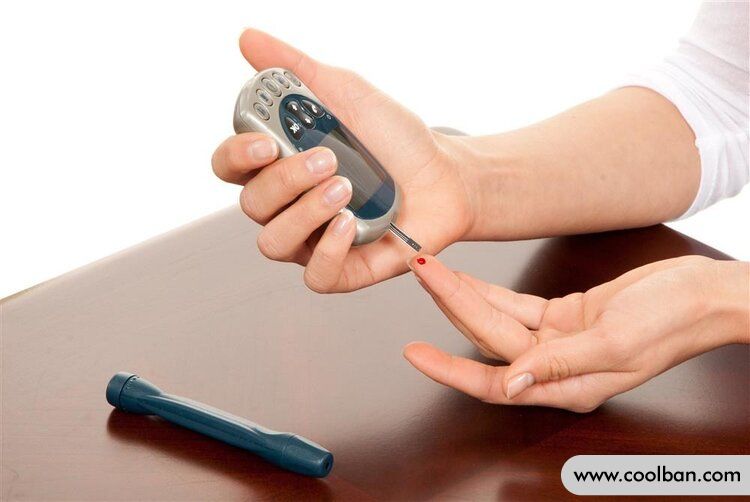What are the signs of high blood sugar in women?
Epidemiological survey results show that the prevalence of diabetes in adults over 20 years old in my country has reached 9.7%, and the proportion of people in the prediabetes stage is even higher, accounting for 15.5%. For female diabetic patients, there will be some special "warning signals" before or in the early stage of the disease. Being alert to these danger signals is very meaningful for the prevention and treatment of diabetes.
There are 4 signals in women, indicating that blood sugar is already very high!
In fact, when blood sugar rises, the body will experience different symptoms accordingly. For women, if you find these four conditions in your body, you should pay attention to checking your blood sugar.
belly fat
Scientific research has shown that middle-aged women who have abdominal obesity have an increased risk of diabetes. A scientific research institution has surveyed more than 2,000 adults and found that more than 60% of abdominal obesity are at risk of high blood sugar or diabetes.

Normally, the waist-to-hip ratio should be in the range of 0.75~0.85. If it exceeds 0.85, blood sugar may increase.
itchy skin
Due to the abnormal secretion of insulin in diabetic patients, the blood sugar in the patient's blood will rise, and the sugar in the urine will also rise. Breeding, causing fungal dermatitis, causing itching of the skin, and even more uncomfortable, itching into the private parts. Therefore, women whose skin is always itchy, it is best to check the blood sugar level.
give birth to a fat baby
Pregnant women account for a large proportion of diabetic patients. The increased glucose concentration in the blood of pregnant women with diabetes will stimulate the secretion of insulin, accelerate the synthesis of protein and fat, and thus accelerate fetal growth.
Therefore, the children born to pregnant women with diabetes are very large. For pregnant women who give birth to a child of more than 8 pounds, be sure to pay attention to the blood sugar.
frequent urination
When the blood sugar rises, the sugar in the urine will also increase, and when the renal sugar valve is exceeded, the frequency of urination will increase, and not only that, the urine volume will also increase.
On the other hand, thirst is more likely to occur due to more frequent urination and more water loss. When there are symptoms of excessive urination and thirst, it is necessary to pay attention to the situation of blood sugar.

For older women, monitoring blood sugar changes is a very important thing.
As we all know, the blood sugar measured at different times has different values, but it is impossible for people to measure it all the time. In this way, how often should blood sugar be measured?
How often should you check your blood sugar?
Nowadays, many people can measure blood sugar at home, which is very convenient. However, what is the difference between measuring it at different time periods?
Fasting measurement: Generally speaking, the blood glucose value measured in the fasting state is more reliable, but for patients with the critical value of diabetes, the fasting blood glucose is not easy to reflect, and it is necessary to measure the postprandial blood glucose to make a judgment.
Pre-meal measurement: The method of measuring blood sugar before lunch or dinner is more suitable for patients at risk of hypoglycemia. If the blood sugar value measured in the fasting state is relatively high, it is also necessary to measure the blood sugar before meals for further confirmation.
Postprandial measurement: blood sugar measurement 2 hours after eating is also an important basis for judgment, which can reflect whether the dosage of diabetes patients is appropriate.
Nighttime measurement: By measuring blood sugar at around 3:00 in the morning, you can know whether hyperglycemia occurs at night or during the day, so as to make effective countermeasures.
Under normal circumstances, patients whose blood sugar is in the controllable range should be monitored for 1 to 2 days a week, with fasting and postprandial blood glucose measurements each time. However, if the blood sugar is not well controlled, it should be monitored at least 4 to 7 times a day.

Patients on oral hypoglycemic agents measure blood sugar 2 to 4 times a week, but if insulin is required for blood sugar control, they need to monitor at least 6 times a day until the blood sugar is basically at the target, and then reduce the daily blood sugar monitoring to 2 to 4. 4 times.
In addition, for diabetic patients with symptoms such as dizziness, nausea, sweating, etc., the frequency of monitoring needs to be appropriately increased
